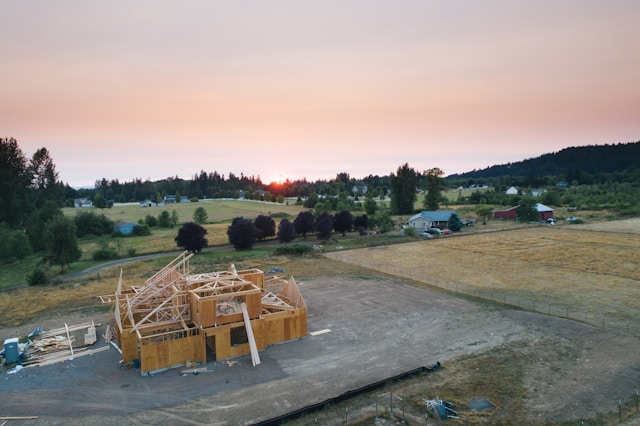Australia’s building industry could achieve net zero by 2040 if it follows guidelines for reducing carbon emissions, university researchers say.
University of New South Wales researchers have developed a 40-page guide to help the industry meet targets, which they say is the first of its kind to lay out a “holistic approach” to achieving net zero.
The guide illustrates a “whole of life” approach to buildings, such as accounting for their carbon footprints accrued before construction.
Labelled as embodied carbon footprints, these are usually ignored by professionals in favour of reducing the operational carbon footprints of buildings, according to the researchers.
Operational carbon refers to what is required for buildings to run once they are built, lead researcher Deo Prasad said.
“There are significant amounts of emissions embedded in the materials and construction of the building itself and these need to be addressed and offset in order for our built environment to be truly net zero,” Professor Prasad said.
While the most effective way to minimise the embodied carbon footprint was to retrofit and reduce materials, the researchers acknowledged that was not always possible.
The guide walks builders through the second-best option of getting low-carbon materials including green steel and concrete alternatives.
It also spells out how materials from demolished buildings could go on to be reused and recycled, ultimately leading builders towards net zero in the built environment by 2040.
The guide also aims to help builders achieve net zero operational emissions by 2030 and a 60 per cent reduction in embodied carbon by the same year, Prof Prasad said.
He called on governments to mandate net-zero construction codes as a “vital lever” to make the target possible.
The guide is based on a book by the same researchers and is available for free online.
Cassandra Morgan
(Australian Associated Press)






